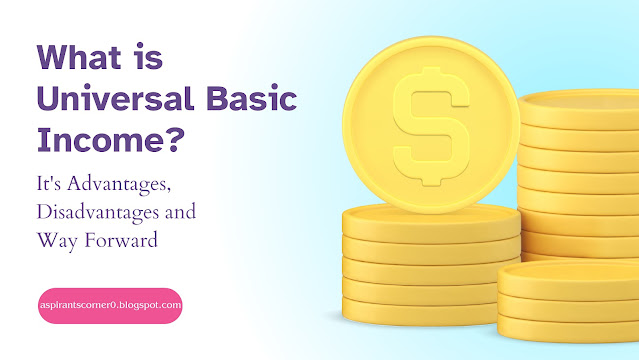Universal Basic Income: Why it is a good idea? What are the associated challenges and way forward

Universal Basic Income: Definition. Why it is a good idea? What are the associated challenges and way forward In order to counter the increasing economic disparities and ensure sustainable future for all, the concept of Universal Basic Income was introduced, which is seen as an effective option as Universal basic income promises unconditional guaranteed cash transfer to all it’s beneficiaries. What is Universal Basic Income ? Universal Basic Income (UBI) is a social welfare concept in which all citizens or residents of a country receive a regular, unconditional sum of money from the government, regardless of any other income they might have. UBI is distributed at regular intervals, such as monthly or annually, ensuring a consistent income stream for individuals. The primary goals of UBI include poverty alleviation, reduction of income inequality, and providing individuals with financial security. Proponents argue that it can create a safety net for unpredictable econo...
_page-0001.jpg)




_page-0001.jpg)


